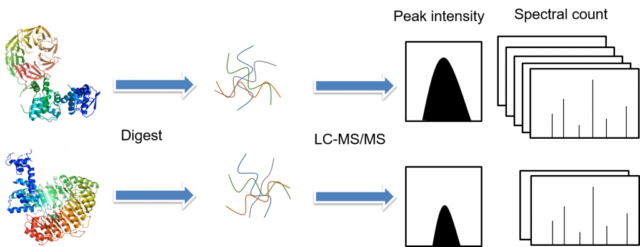Unveiling the Proteome: Exploring the Power of Label-Free Protein Analysis

Course Content
1. Introduction to Protein Analysis
-
The Importance of Proteins in Biology
00:00 -
Structure and important types of proteins
00:00 -
Why protein Analysis is required
00:00 -
Traditional Protein Analysis Methods: Labeled vs. Label-Free
00:00 -
Advantages of Embracing Label-Free Approaches
00:00